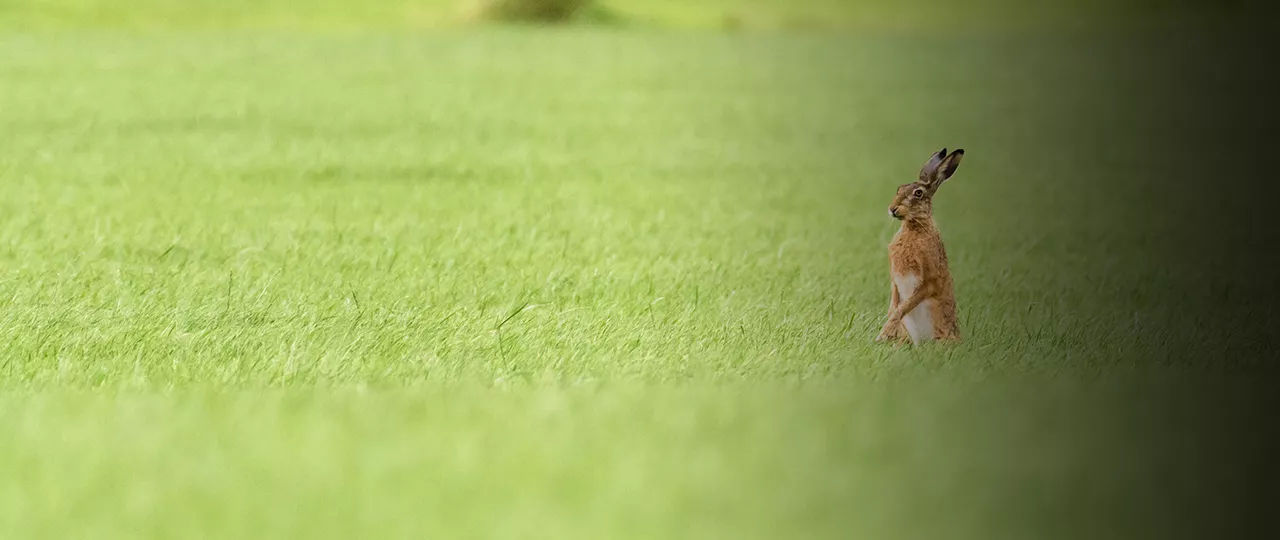
Jason Beedell
Director, Research


Director, Research

Strutt & Parker publishes two new Basic Payment Scheme calculators
One calculator calculates the value of 2018 BPS payments so you can check the accuracy of the Rural Payment Agency’s calculations for payments which are due to start being made in early December. Please contact Charles Garrard. The other calculator calculates estimated BPS payments from 2020 to 2028, based on the Agriculture Bill’s statement of how they will be cut. Please contact Will Gemmill.
Agronomy update
Warm, moist soil and good seedbeds have meant wheat and barley crops have established very well, although blackgrass is prominent on most soil types. Delayed drilling is being rewarded by kind weather. Growers are reminded to increase the seed rate in line with germination potential at this time of year. Aphid numbers continue to build, so early drilled crops will require treatment. The soil will soon be cold enough for propyzamide applications on oilseed rape. Please call Jock Willmott to discuss day-to-day and strategic agronomy or George Badger about arable crop production reviews.
Crop management technical note on post-emergence grassweed control strategy in winter cereals
The latest technical note from our agronomy team is available from your local farming team or from Jock Willmott.
Brexit: UK’s ability to cope with animal and plant disease threats at risk
The House of Lords EU Energy and Environment Committee said that much of the UK’s current biosecurity system operates at EU level and that we would need to create new ways of working. The Committee identified seven main areas of concern, including information sharing, capacity in the veterinary sector, inspections and audits, enforcement of biosecurity legislation, capacity within government and its agencies.
World-leading Dutch university finds pesticide residues in 83% of EU soils
Wageningen University analysed samples of 317 topsoils from 11 Member States, including the UK, France and Germany, in 2015. They had been farmed using six main cropping systems. Over 80% of the soils contained one or more residues, with 58% containing mixtures. The authors have suggested that environmental risk assessment procedures should be adapted so that the combined effects of residue mixtures can be assessed - they are not at present. The most common compounds found, and at the highest concentrations, were glyphosate and its metabolite AMPA, DDT and its metabolites, and the broad-spectrum fungicides boscalid, epoxiconazole and tebuconazole.
Key points for farmers and landowners in the Budget
Key points are:
Landlords must pay up to £3,500 per house for MEES energy improvements
The Government has removed the ‘no cost to the landlord’ exemption from the list of exemptions from the Minimum Energy Efficiency Standards. This means that a landlord must pay up to £3,500 (including VAT) to bring any rental properties up to an Energy Performance Certificate (EPC) standard of E or above before they can be let. The change is expected to come into effect from April 2019. Landlords with properties that cannot be improved to grade E for less than £3,500 will still be required to carry out recommended energy improvement works up to the £3,500 cap; they can then register a new ‘high cost’ exemption. Please contact Alice Robinson for further details.
Hares feared to be infected with myxomatosis
Biologists from the University of East Anglia have asked anyone who sees a dead or dying hare to send a photo and its location to their local wildlife trust. The disease is feared to have jumped from rabbits to hares, whose populations are already under pressure, having declined by more than 80% across England in the past 100 years.
Change of use from retail at five-year high
The number of shops changing to other uses each year has more than doubled since 2013. In 2017, over 1,000 applications were made to convert shops to houses, and these applications are expected to produce around 13,000 houses. The Government is going to consult on further changes to permitted development rights to make it even easier to change uses and produce mixed-use high streets.
Consultation on standardising the method for assessing local housing need
This is significant for both large and small developments, as a housing needs survey which is supported by the local community can be a way of unlocking or changing the discussion with planners on new housing in small rural places. The consultation closes on 7th December.
Gamebird producers cut antibiotic use
Overall use of antibiotics in birds reared for shooting has been cut by 51% in the two years since the sector’s voluntary campaign to cut its use started, according to figures from The Game Farmers’ Association. Use in gamebird feed has been cut by 70%, which is positive as it demonstrates a reduction in ‘just in case’ use.